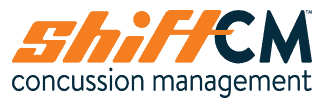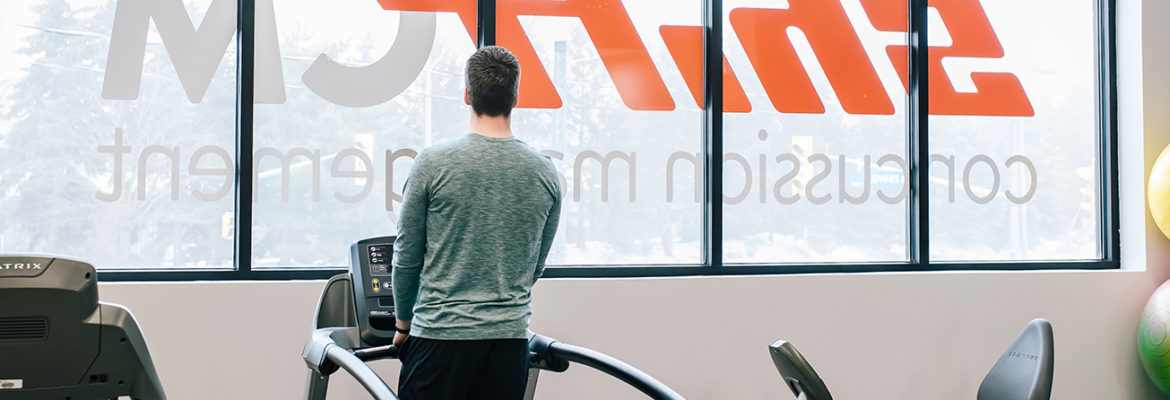We have covered at length in our courses the benefits of exercise after a concussion and how we can better control the autonomic dysregulation associated with recovery. Focus has primarily been placed on the use of the Buffalo Concussion Treadmill Test (BCTT) to assess the ANS and create a plan to promote change and symptom recovery in our patients. COVID-19 has unfortunately made this assessment strategy essentially impossible.
Fortunately, Bezherano et al. (2020) have published an alternative approach to exercise prescription following a concussion without exertion testing via the BCTT. While the research team admits graded exercise testing is ideal in order to determine exercise tolerance levels and create an individualized approach to exercise prescription, in it’s absence a conservative approach may be appropriate. Exercise prescription must begin conservatively so that it does not exceed the physiological stress the ANS can tolerate or increase symptoms beyond rehabilitative value (Bezherano et al., 2020).
It is important to note that a HR monitor is required for the following exercise prescription protocol to be performed. This article recommends the following protocol:
- Begin the patient exercising for 20 minutes at 50% of their HRmax using the Karvonen equation (HRmax = 220-age)
- Increase by 5% intervals until 80% of HRmax for 20 minutes is achieved symptom free. Monitoring of symptoms is required before and during exercise.
- Progression guidelines: the difference in symptom scores determine the exercise stage for the following day.
- Symptom increase of 0 or 1 point on the VAS indicates a progression of 5% of HRmax
- Symptom increase of 2 points on the VAS is the desired intensity for aerobic exercise and rehabilitation. Maintain this HR level until no symptoms are experienced for 2 consecutive days.
- Symptom increase of 3 points on the VAS indicates the exercise in too intense and the patient should return to the previous stage (-5% of HRmax)


Leave a Reply